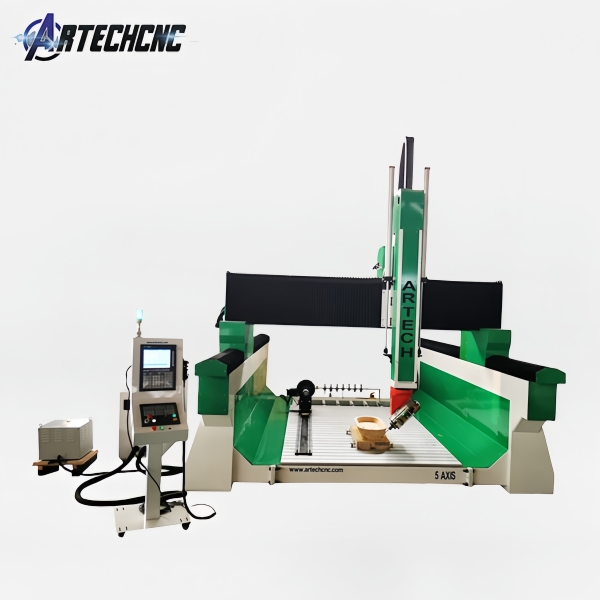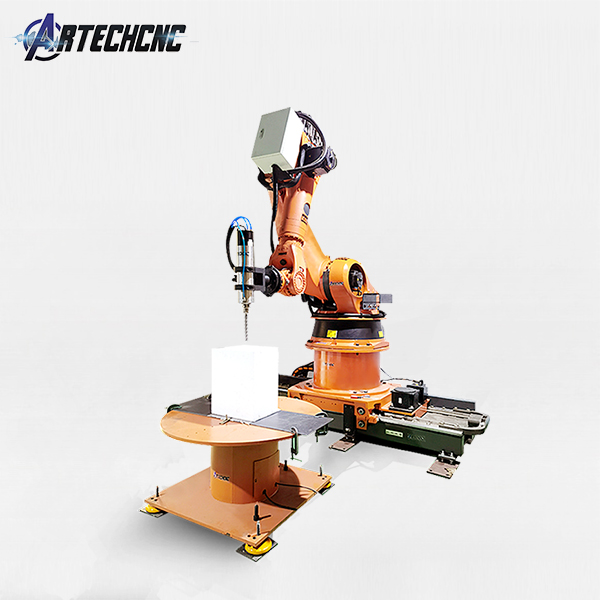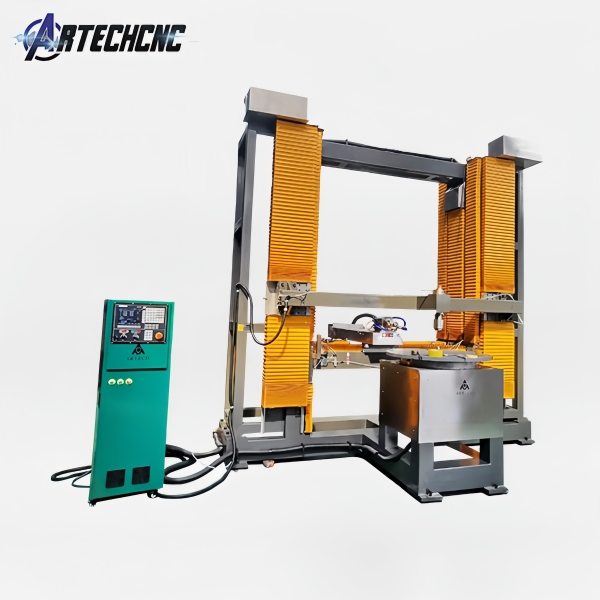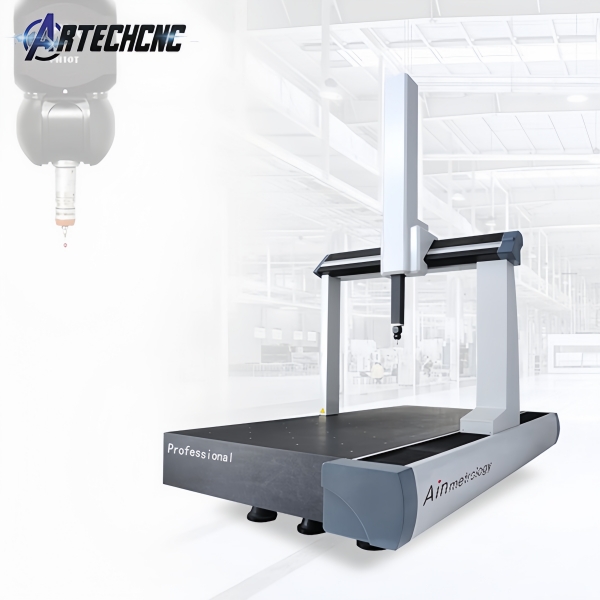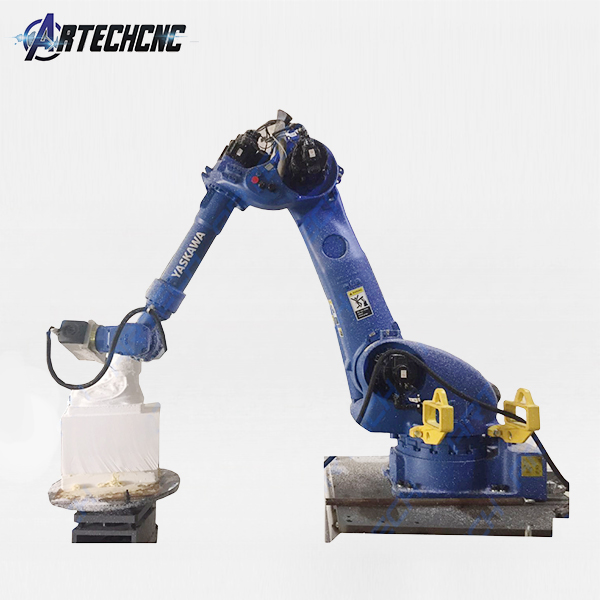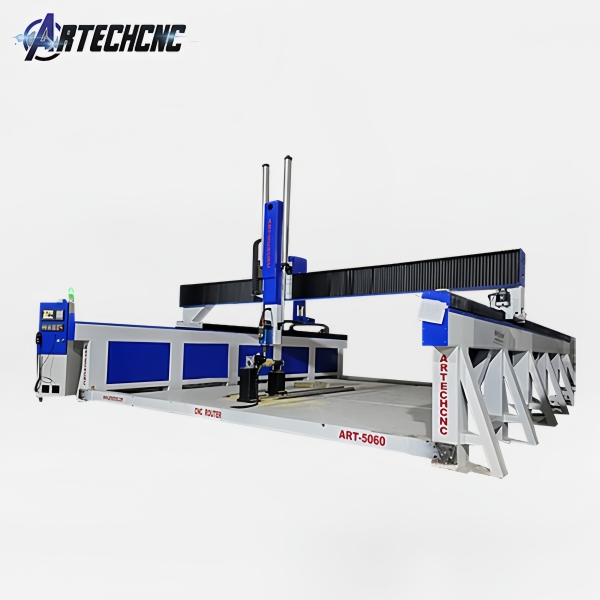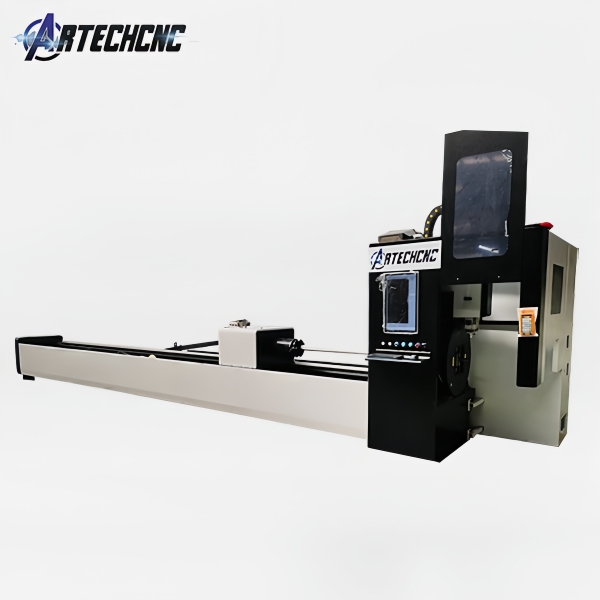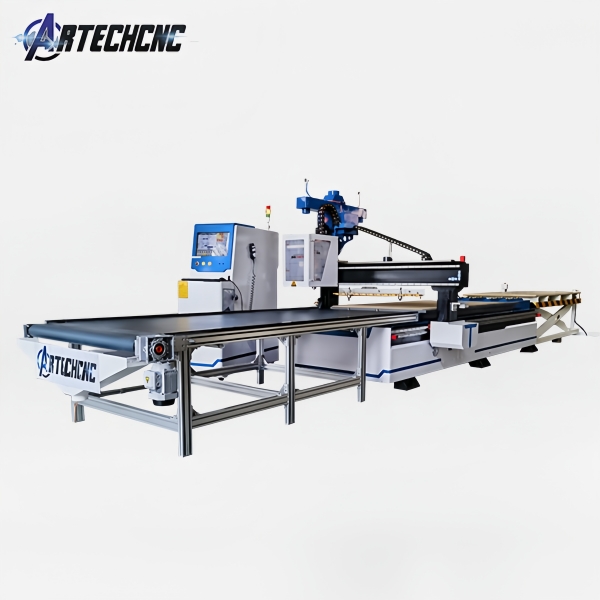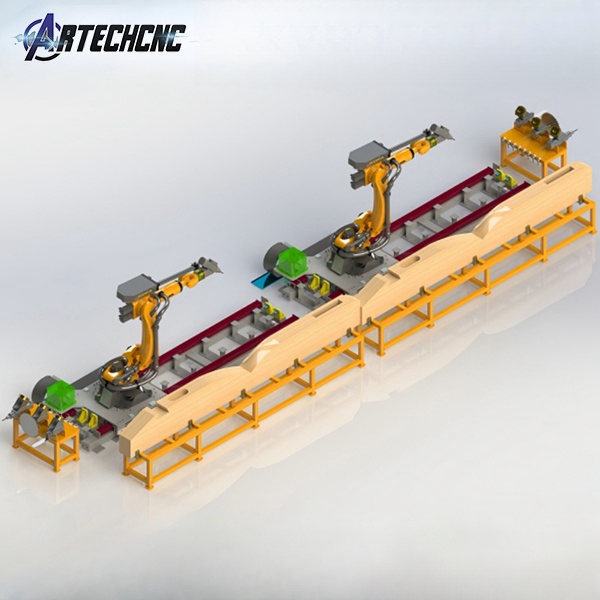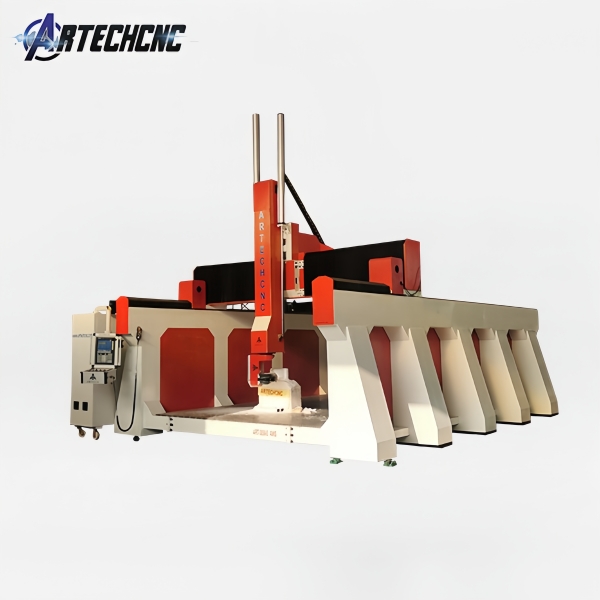Application of Deep Reinforcement Learning Algorithms in Milling Robots for Intelligent Manufacturing
1. Introduction
The rapid advancement of intelligent manufacturing has significantly increased the demand for industrial robots, particularly in complex and dynamic manufacturing tasks. Traditional control methods, such as pre-programmed trajectories and PID controllers, often struggle to meet the requirements for high precision, adaptability, and efficiency in modern production environments. Milling robots, a critical subset of industrial robots, are widely used in machining operations such as cutting, drilling, and surface finishing. However, their performance is often limited by uncertainties in material properties, tool wear, and dynamic environmental conditions.
Deep reinforcement learning (DRL) has emerged as a promising solution to enhance the autonomy and intelligence of milling robots. By combining deep learning’s ability to process high-dimensional data with reinforcement learning’s decision-making capabilities, DRL enables robots to learn optimal control policies through continuous interaction with their environment. Among various DRL algorithms, the actor-critic framework has shown great potential in optimizing robotic operations, as it simultaneously learns a policy (actor) and evaluates its performance (critic) to achieve adaptive and precise control.
This paper explores the application of DRL, particularly the actor-critic algorithm, in improving the operational efficiency and accuracy of milling robots. We discuss the challenges in traditional robotic control, the advantages of DRL, and how the actor-critic model can be implemented to optimize machining processes. Additionally, we examine real-world case studies where DRL has been successfully applied to milling robots, demonstrating its potential to revolutionize intelligent manufacturing.
2. Challenges in Traditional Control Methods for Milling Robots
2.1 Limitations of Pre-Programmed Trajectories
Most milling robots rely on pre-defined trajectories generated through computer-aided manufacturing (CAM) software. While effective for repetitive tasks, these methods lack adaptability to real-time variations such as:
Tool wear and breakage – Gradual degradation of cutting tools affects machining accuracy.
Material inconsistencies – Variations in workpiece hardness or geometry require dynamic adjustments.
Vibrations and thermal effects – Mechanical oscillations and heat generation can lead to deviations from desired precision.
2.2 Inefficiencies in Conventional Feedback Control
Traditional PID controllers and force-feedback mechanisms are commonly used in milling robots, but they face several limitations:
High-dimensional state spaces – The complexity of milling operations involves multiple variables (e.g., cutting force, spindle speed, feed rate), making it difficult to model mathematically.
Delayed response – Feedback loops may not react quickly enough to sudden changes, leading to suboptimal performance.
Manual tuning requirements – PID parameters must be manually adjusted for different materials and tools, reducing flexibility.
These challenges highlight the need for more adaptive and intelligent control strategies, which can be addressed by deep reinforcement learning.
3. Deep Reinforcement Learning for Milling Robots
3.1 Fundamentals of Deep Reinforcement Learning (DRL)
DRL combines deep neural networks (DNNs) with reinforcement learning (RL) to enable robots to learn optimal policies through trial and error. Key components include:
State space (S) – Represents the robot’s environment (e.g., tool position, cutting force, vibration levels).
Action space (A) – Defines possible control actions (e.g., adjusting feed rate, spindle speed).
Reward function (R) – Provides feedback on the quality of actions (e.g., maximizing precision while minimizing tool wear).
3.2 Actor-Critic Algorithm for Milling Robots
The actor-critic framework is particularly suitable for milling robots due to its ability to handle continuous action spaces and high-dimensional states:
Actor Network – Generates control actions (e.g., adjusting machining parameters) based on the current state.
Critic Network – Evaluates the expected long-term reward of actions, guiding the actor toward optimal policies.
By iteratively updating both networks using gradient descent, the milling robot can learn adaptive strategies that improve over time.
4. Case Studies: DRL in Milling Robot Applications
4.1 Adaptive Machining with Real-Time Adjustments
A recent study implemented an actor-critic DRL model on a milling robot to optimize cutting parameters dynamically. The results showed:
20% improvement in surface finish quality due to real-time adjustments in feed rate.
15% reduction in tool wear by optimizing spindle speed based on force feedback.
4.2 Vibration Suppression in High-Speed Milling
Excessive vibrations degrade machining accuracy. A DRL-based controller was trained to minimize vibrations by adjusting robotic motion trajectories, leading to:
30% reduction in chatter during high-speed operations.
Improved tool lifespan due to smoother cutting conditions.
5. Future Directions and Challenges
While DRL offers significant advantages for milling robots, several challenges remain:
Training time and data requirements – DRL models require extensive training, which can be computationally expensive.
Real-time implementation – Deploying DRL on industrial controllers demands efficient hardware and software integration.
Safety and robustness – Ensuring reliable performance in unpredictable environments is critical.
Future research should focus on hybrid approaches combining DRL with model-based control to enhance robustness and reduce training time.
6. Conclusion
Deep reinforcement learning, particularly the actor-critic algorithm, presents a transformative approach to enhancing the performance of milling robots in intelligent manufacturing. By enabling adaptive, self-optimizing control strategies, DRL can overcome the limitations of traditional methods, improving precision, efficiency, and flexibility in machining operations. As the technology matures, wider adoption of DRL in industrial milling robots will drive the next generation of smart manufacturing systems.

